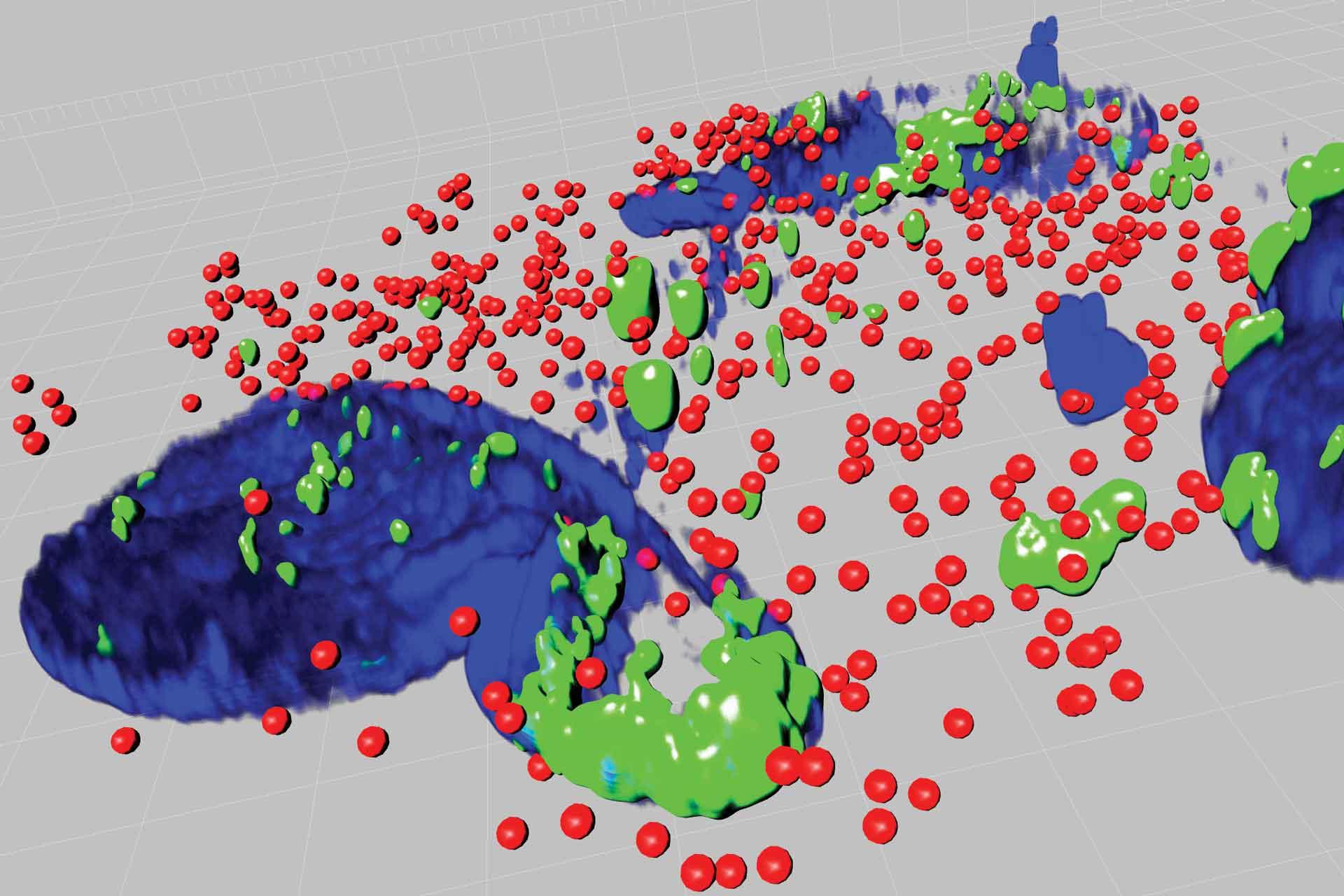Scientists at The Pirbright Institute have demonstrated that production and storage of fat is required for Marek’s disease virus (MDV) replication in chickens. Their research identifies new pathways that are involved in the development of the disease which can help generate control strategies to reduce virus spread.
Marek’s disease is a major threat to the poultry industry, with losses relating to the disease estimated to be up to $2 billion worldwide. The virus is highly contagious and causes a condition in which arteries are clogged with fatty substances called plaques.
Published in Journal of Virology, the researchers identified chemical inhibitors that disrupted two different but connected fat production pathways, which significantly reduced virus replication. Although these inhibitors helped the team to identify the cellular mechanisms that the virus disrupts during its infection cycle, they would not be suitable for antiviral development due to their side effects and potential transfer to eggs and meat.
Dr Shahriar Behboudi, Head of the Avian Immunology group at Pirbright, said: “Some viruses exploit host cell machinery to produce components required for their replication and spread. We found that MDV uses the host cells to produce and store fats, contributing to replication of virus and possibly clogging the arteries.”
This study was funded by the Biotechnology and Biological Sciences Research Council (BBSRC).
The image shows a visualisation of fat droplets (in red) and Marek's disease virus (in green) distributed around the nuclues (in blue) and cytoplasm of infected cells using confocal microscopy.
